|
Product Name
|
Magnetic Puzzle- time management
|
|
Material
|
Rubber magnet, paper, cardboard
|
|
Dimensions
|
275 x 42 x 205 mm
|
|
Features
|
1. for puzzle game; 2. for a drawing board.
|
|
Application
|
for 3+ ages
|
|
Accessories
|
* small magnetic x 109 pcs
* instruction cards x 16 pcs
* big clock magnet x 1 *whiteboard pen x 1 |
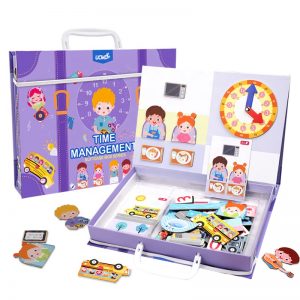
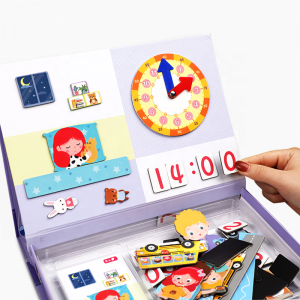
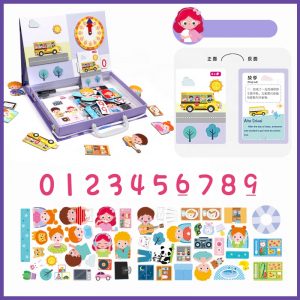
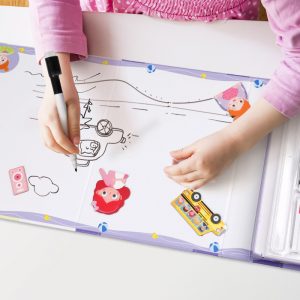
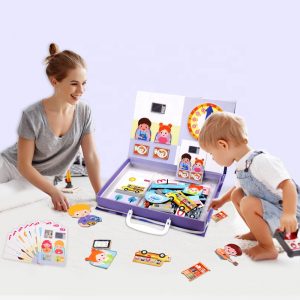
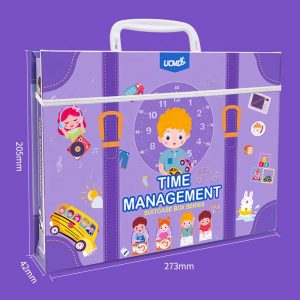
Jigsaw method:
Combination method:
- Prepare a piece of thick cardboard in advance that is larger than the finished size of the puzzle, and put it underneath before the puzzle is assembled to facilitate movement and storage during the assembly process, and to prevent the puzzle from being scattered and lost.
- First find out the number of pieces with straight lines on one side and on both sides, combine the four sides of the picture, and then gradually move to the center of the picture to reduce the time for puzzles.
- In the combination, if the puzzle and the puzzle cannot be tightly closed, or the color is different (especially when dealing with the same color picture, you need to pay more attention), do not force the combination, please spend more time to find the correct number of pieces .
preservation method:
After completion, evenly spread the jigsaw glue on the surface of the work so that it penetrates into the gaps to fix the entire jigsaw and form a smooth and shiny protective film on the surface. After the jigsaw glue is completely dried (about 1 to 2 hours) ) You can pick up the frame as a whole.
- Gluing method: pour glue on the front of the puzzle first.
- After evenly coating, use foam to scrape down.
- Refer to the picture of the completed picture and classify the puzzles by color and pattern. In order to avoid the loss of the puzzles, after the classification, they can be placed in the outer box of the package or packed in small boxes.
Puzzle strategy:
For players who are new to puzzles, the so-called entry-level puzzles mainly depend on some characteristics of the pattern. Those patterns are richer in content, that is to say, there are relatively complete sub-pictures in every corner of the whole picture, and the contrast between colors and outlines is relatively large. Such puzzles are relatively easy to play. Because in the part of the assembly, you want to find the right pieces, the optional pieces can always be limited to a relatively small range.













